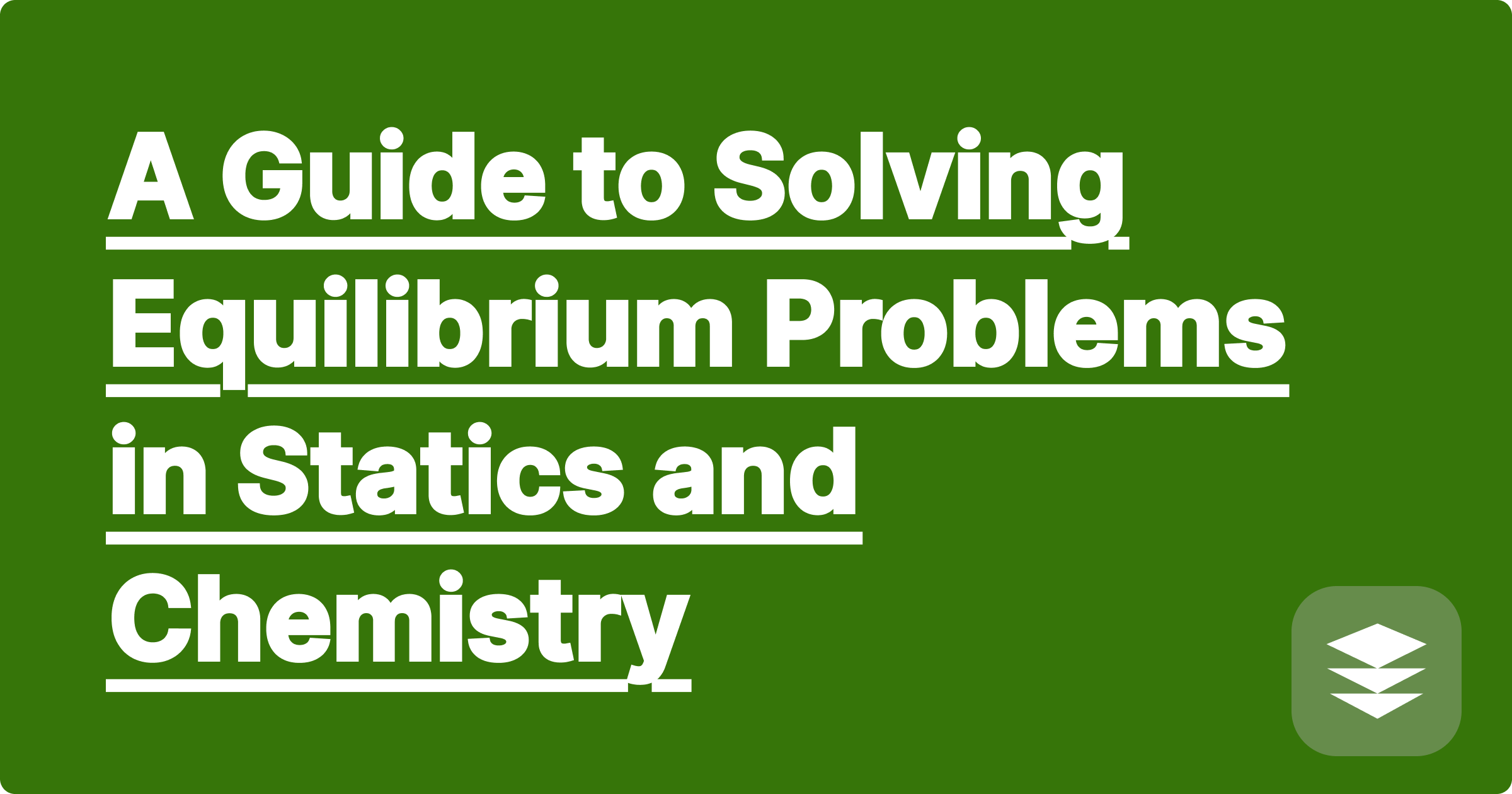
Equilibrium is one of the most fundamental concepts in all of STEM. Whether you're an engineer analyzing the forces on a bridge or a chemist determining the product concentration in a reaction, the core idea is the same: you're analyzing a system in a state of balance. The challenge is that these problems, while conceptually similar, require very different mathematical setups.
Students often struggle with two main types of equilibrium problems:
A versatile AI tool like GPAI Solver can handle both types of problems with ease. It acts as both a chemical equilibrium calculator and a statics problem solver.
For Statics:
[Image: A simple free-body diagram of a beam on the left, with the corresponding equilibrium equations and solution shown in the GPAI Solver interface on the right. Alt-text: An AI solver solving statics equilibrium problems.]
For Chemistry:
By using a single, powerful AI tool for all your equilibrium problems, you start to see the underlying connections between different fields. You build a deeper, more robust understanding of the core principle of "balance" that governs so much of science and engineering.
Stop getting bogged down in the specific algebra of each type of equilibrium problem. Use an AI assistant to set up and solve the equations, so you can focus on the higher-level concepts and problem-solving strategies.
[Get help with all your equilibrium problems. Try GPAI Solver for statics and chemistry homework. Sign up for 100 free credits today.]
How to Use an AI Solver to Check for Unit Conversion Errors in Physics
Solving Systems of Linear Equations with an AI Matrix Calculator
A Step-by-Step Guide to Solving Limiting Reactant Problems with AI
Can AI Solve Word Problems? Translating Text into Equations
Verifying Your Work: Using an AI Solver as the Ultimate Answer Key
How the 'Humanizer' Can Rephrase Your Solution for Better Clarity
From a Photo of a Formula to a Full Solution: The Solver Workflow
How to Solve Recursive Problems with an AI Assistant
A Guide to Solving Equilibrium Problems in Statics and Chemistry
AI vs. Graphing Calculator: Why a Solver Offers More Insight